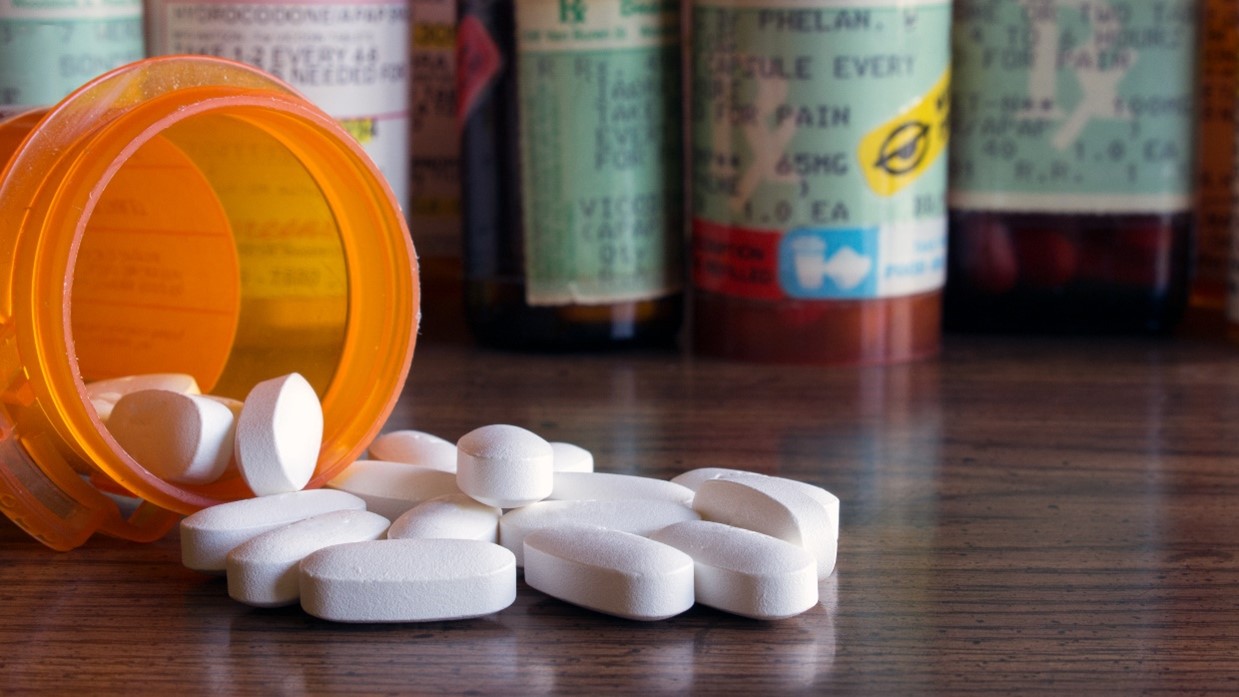The opioid crisis has brought to light not only the issues of addiction and overprescription but also the importance of properly disposing of unused opioids. Improper disposal of these powerful medications can lead to unintended consequences such as accidental poisoning, environmental harm, and drug misuse. This blog from Genesis Reference Laboratories aims to provide a detailed guide on safely disposing of unused opioids, thereby protecting individuals, families, and communities.
Understanding the Importance of Proper Disposal
Opioids, a class of drugs that include prescription pain relievers like oxycodone, hydrocodone, and morphine, can be highly addictive and dangerous if misused. Unused opioids left unsecured in homes can become a source of temptation and misuse. Moreover, flushing them down the toilet or throwing them in the trash poses environmental risks.
Methods of Disposing of Unused Opioids
- Drug Take-Back Programs
The safest way to dispose of unused opioids is through drug take-back programs. These programs are often run by pharmacies, hospitals, or law enforcement agencies.
- DEA National Prescription Drug Take-Back Day: The DEA (Drug Enforcement Administration) organizes a biannual event where collection sites are set up nationwide.
- Year-Round Take-Back Locations: Many communities have permanent collection sites. You can find these locations using the DEA’s collection site locator or by contacting local waste management authorities.
- Disposal in Household Trash
If a take-back program is not available, you can dispose of opioids in your household trash by following these steps:
- Mixing with Unpalatable Substances: Mix the medication (do not crush tablets or capsules) with an unpalatable substance such as dirt, cat litter, or used coffee grounds.
- Sealing and Disposing: Place the mixture in a sealed plastic bag and throw the bag in your household trash bin.
- Remove Personal Information: Before disposing of the empty prescription bottle, ensure that all personal information on the label is made unreadable.
- Flushing
Certain opioids may be recommended for flushing if a take-back option is not readily available. Check the FDA’s flush list for specific medications that fall under this category. Flushing these specific drugs prevents the risk of accidental ingestion or misuse. There are also drugs that are on the no-flush list. No drugs should be flushed unless they are on the FDA’s approved flush list.
Best Practices for Opioid Disposal
- Follow Specific Disposal Instructions: Always check for any disposal instructions on the medication label or patient information leaflet.
- Educate Yourself: Be aware of the laws and regulations regarding drug disposal in your area.
- Keep Medications Secure Until Disposal: Until you are able to dispose of them, keep your unused opioids in a secure place, out of reach of children and pets.
Raising Awareness
Part of managing the opioid crisis is increasing public awareness about the importance of proper drug disposal. Share this information with friends and family, especially those who may have unused opioids at home.
The proper disposal of unused opioids is a critical step in combating the opioid crisis. By responsibly disposing of these medications, we can prevent their misuse and contribute to the safety of our communities. Always prioritize safety and environmental considerations when disposing of any medication, and when in doubt, seek guidance from a healthcare professional or local authorities.
